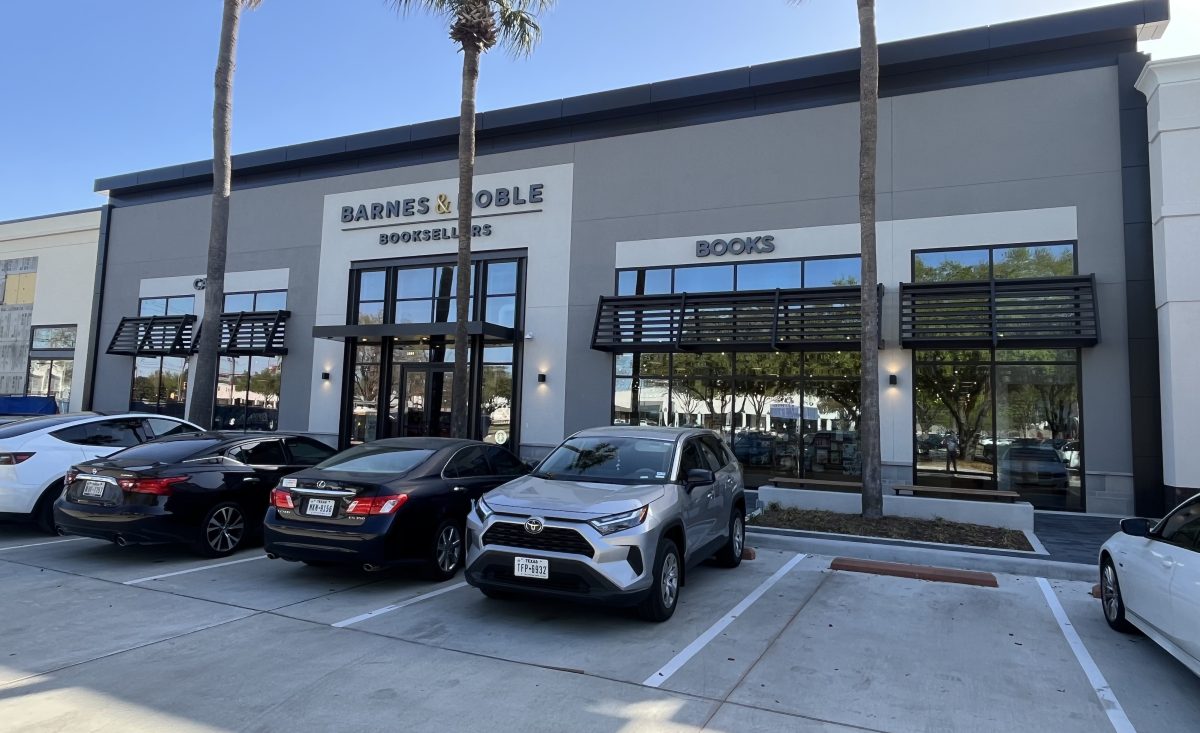The answer lies in the use of strategic digital tools that enable dynamic, data-driven inventory management. In an environment where consumer expectations move as fast as the seasons


The answer lies in the use of strategic digital tools that enable dynamic, data-driven inventory management. In an environment where consumer expectations move as fast as the seasons

Software development is evolving, as Digital Experience Platforms enable the delivery of a personalised digital cross-channel experience. A DXP delivers integrated content, Artificial Intelligence, and low-code rapid application development tools. It streamlines the work of developers as well as marketers.

With so many businesses vying for the attention of skilled job candidates, it’s becoming more important to look for ways to make your offerings more appealing by adding unique perks that not every employer does.

Rather than focusing on isolated touchpoints or departmental KPIs, journey management provides a way to understand where the most critical pain points lie and how to resolve them systematically across the business.

Rather than focusing on isolated touchpoints or departmental KPIs, journey management provides a way to understand where the most critical pain points lie and how to resolve them systematically across the business.

The traditional retail anchor is being redefined. Large department stores once dominated most shopping centers. Now, concepts like food halls, upscale restaurants, immersive cinema experiences and gaming venues are taking center stage.

Consumer psychology, behavioral economics, and game design have replaced proximity to checkout as the leading cause of impulse purchases and, if done right, the consumer gets a jolt of delight instead of fresh cavities.

If there is one takeaway from the resurgence of bookstores, it is that retail isn’t dying but evolving in ways that prioritize human connection and thoughtful design.

New research shows 61 percent of enterprise leaders feel overwhelmed by data while one in three retailers have not adopted AI despite mounting pressure.

With so much focus on enhancing customer experience, security often takes a backseat. And cybercriminals are counting on that.